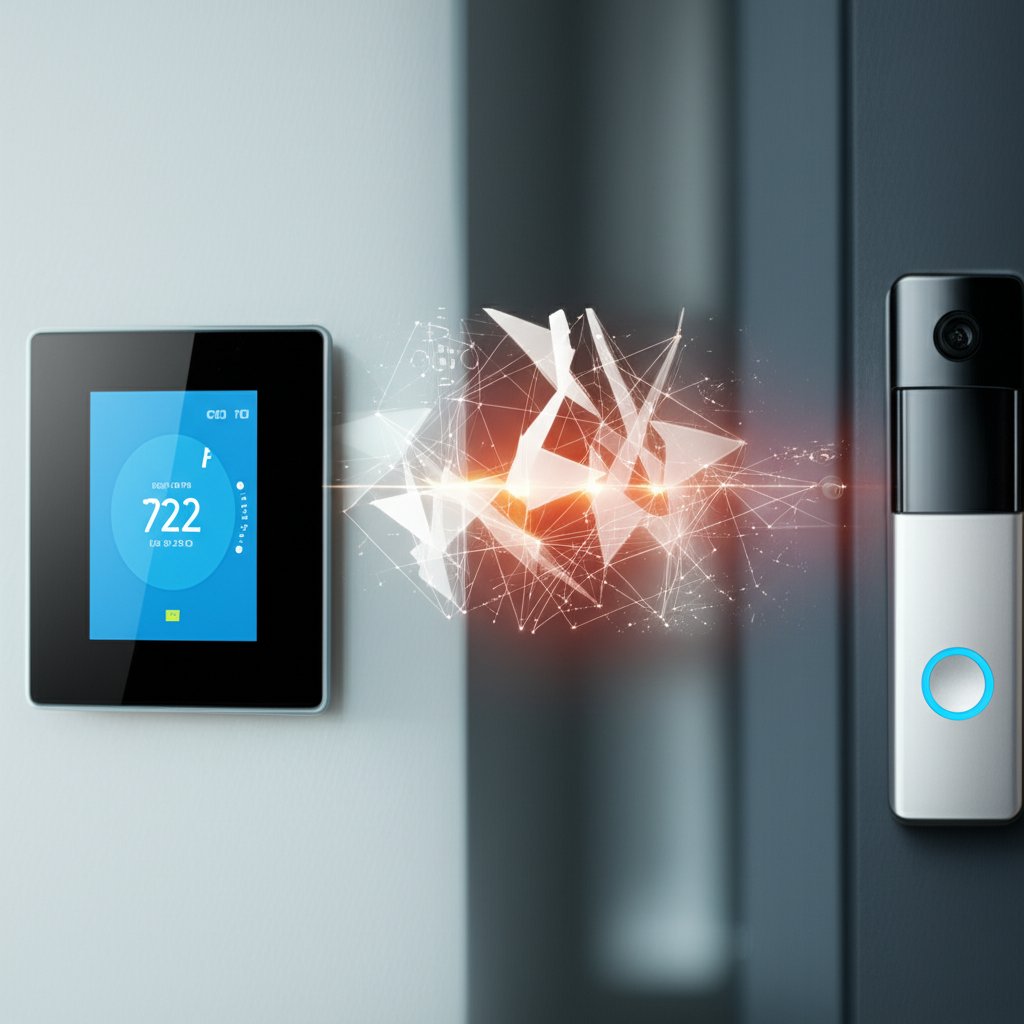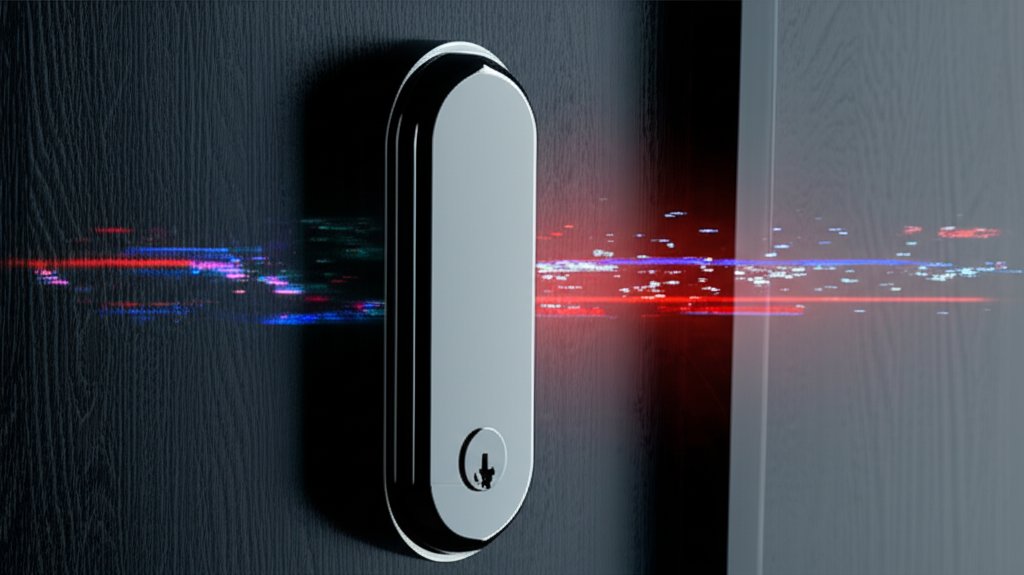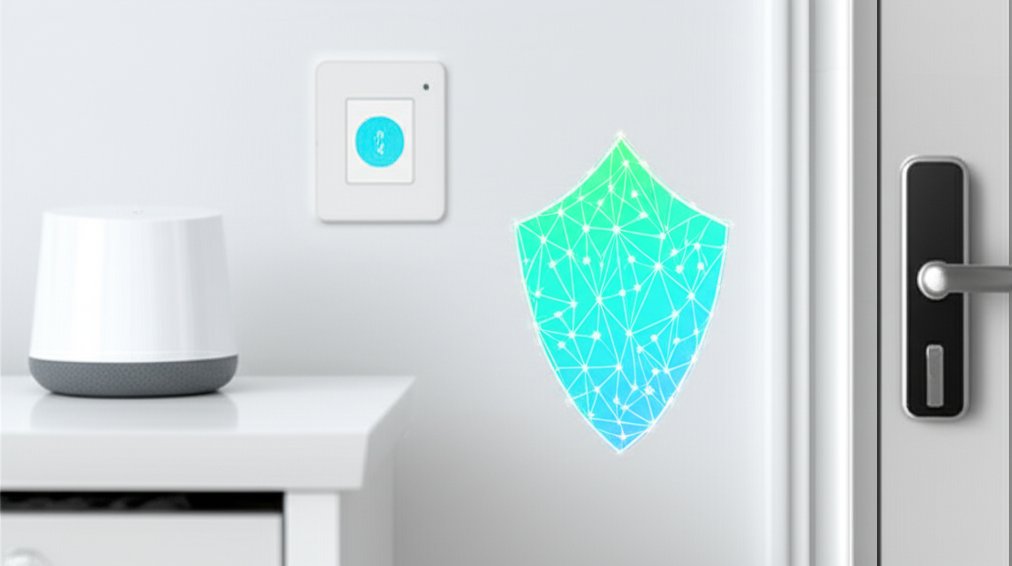Welcome to the era of convenience! Your voice can dim the lights, your phone can monitor your pets, and your thermostat anticipates your arrival. The allure of the smart home is undeniable, promising seamless automation and effortless living. But what if this digital dream could quickly turn into a security nightmare?
As a security professional, I’m here not to scare you, but to empower you. Every connected device, from your smart doorbell to your internet-enabled fridge, represents a potential entry point for cyber threats. With millions of new Internet of Things (IoT) devices coming online every year, and with millions of these devices regrettably compromised annually for various attacks, understanding and mitigating these risks is more crucial than ever.
What does this mean for your smart home? It means you need to be proactive. Here on our blog, we’re dedicated to helping you navigate online privacy, password security, phishing protection, VPNs, data encryption, and protecting against cyber threats—all without requiring a computer science degree. Today, we’re tackling smart home security head-on.
This article isn’t about ditching your beloved devices. It’s about arming you with seven simple, non-technical steps to harden your IoT devices and secure your privacy. Let’s make sure your smart home remains a sanctuary, not a hacker’s playground. Read on to transform your digital dream into a secure reality, starting with understanding why these vulnerabilities exist.
Why Your Smart Home is Vulnerable (And How to Fix It)
Before we dive into actionable solutions, it’s vital to briefly understand the underlying landscape. It’s not about pointing fingers; it’s about recognizing common vulnerabilities that make seemingly innocuous devices a target for cyberattacks. The primary reasons your smart home might be vulnerable often stem from a lack of robust default security, inconsistent updates, and sometimes, user oversight. These factors collectively create fertile ground for attackers:
-
Lack of Strong Defaults: Many IoT devices are designed for immediate gratification, often shipping with incredibly weak or widely known default passwords. Users frequently don’t bother changing them, creating an open invitation for attackers to walk right in.
-
Outdated Software/Firmware: Manufacturers, particularly smaller ones, sometimes prioritize new features over consistent security updates. Even when updates are available, users often neglect to install them, leaving critical vulnerabilities exposed and unpatched.
-
Inadequate Privacy Settings: Your smart devices collect a significant amount of data—voice commands, video footage, location information, and even your daily routines. Their default settings frequently share more than is necessary, making your online privacy an afterthought rather than a priority.
-
Network Vulnerabilities: Your Wi-Fi network acts as the central nervous system of your smart home. An unsecured Wi-Fi network isn’t just a risk to your computer; it’s a wide-open gateway to every connected device, providing an easy entry point for malicious actors.
-
Interconnectedness: The very feature that makes a smart home “smart”—how devices communicate and interact—is also a potential weakness. One weak link in your chain of devices can potentially compromise your entire home network security.
So, what kind of “security nightmare” are we talking about here? It’s not always grand theft auto. Often, it’s more insidious:
-
Device Hijacking: Imagine a hacker taking control of your smart camera to spy on you, or hijacking your smart speakers to blast disturbing messages. It’s an unnerving thought, but it happens.
-
Data Breaches: Your personal information, daily schedules, or even financial data could be stolen if a device or its associated cloud service is compromised. This impacts your online privacy significantly.
-
Botnet Attacks: Perhaps the most common and often invisible threat is your devices being secretly recruited into a “botnet.” This means your smart kettle or thermostat could be unwittingly used to launch large-scale cyberattacks against other targets, all without your knowledge. Recent data suggests millions of IoT devices are compromised annually for this very purpose.
The good news? You absolutely can take charge. Here are seven practical steps to harden your IoT devices and secure your digital home, allowing you to sleep soundly.
7 Ways to Harden Your IoT Devices and Sleep Soundly
1. Change Default Passwords (Immediately!) and Use Strong, Unique Ones
This is the absolute first line of defense, and it’s shocking how often it’s overlooked. Many IoT devices come with generic default usernames and passwords (think “admin/admin” or “user/12345”). These are often publicly known or easily guessable, making your device a prime target for automated cyberattacks.
Actionable Steps:
-
Change it during setup: Make it a habit to change the default password the very first time you power up any new smart device.
-
Go strong and unique: Create a password that’s at least 12-16 characters long, combining uppercase and lowercase letters, numbers, and symbols. Don’t reuse passwords across different devices or services.
-
Use a password manager: Seriously, this isn’t optional for good password security. A reputable password manager (like LastPass, 1Password, or Bitwarden) can generate and securely store complex, unique passwords for all your accounts, making this process painless.
2. Enable Two-Factor Authentication (2FA/MFA) Wherever Possible
Even the strongest password can be compromised. That’s where two-factor authentication (2FA), sometimes called multi-factor authentication (MFA), comes in. It adds an extra layer of security, requiring a second piece of evidence (something you have or something you are) in addition to your password.
Actionable Steps:
-
Turn it on: Check your smart device’s settings or its associated app for the option to enable 2FA. If it’s available, switch it on!
-
Choose wisely: While SMS codes are better than nothing, authenticator apps (like Google Authenticator or Authy) are generally more secure. Biometric methods (fingerprint, facial recognition) are also excellent.
-
Prioritize: Enable 2FA on accounts tied to sensitive devices (like smart locks, security cameras), and definitely on your main smart home hub (e.g., Alexa or Google Home account).
3. Keep All Your Devices and Software Up-to-Date
Software and firmware updates aren’t just about new features; they’re often about patching critical security vulnerabilities that hackers exploit. Neglecting updates is like leaving your front door unlocked after the police have warned you about burglars in the area.
Actionable Steps:
-
Enable automatic updates: Where available, always opt for automatic firmware updates for your smart devices and their controlling apps. This ensures you’re always running the latest, most secure version.
-
Manual checks: If automatic updates aren’t an option, make a habit of manually checking for updates every few weeks or months. You can usually do this through the device’s app or web interface, or by visiting the manufacturer’s website.
-
Don’t ignore notifications: Those annoying “update available” notifications? They’re important. Don’t dismiss them!
4. Secure Your Wi-Fi Network (Your Smart Home’s Foundation)
Your Wi-Fi network is the backbone of your smart home. If your Wi-Fi is compromised, every device connected to it is at risk. Think of your router as the main gate to your digital home; you wouldn’t leave that open, would you?
Actionable Steps:
-
Change default router credentials: Just like your smart devices, your Wi-Fi router likely came with default login credentials. These are often generic and easy to find online. Access your router’s settings (usually via a web browser) and change the admin username and password immediately. This is fundamental to your network security.
-
Strong Wi-Fi password & encryption: Use a strong, unique password for your Wi-Fi itself (the one you give to guests). Ensure your router is using the highest encryption standard available, which should be WPA2 or, ideally, WPA3. Avoid WEP or WPA, as they are easily crackable.
-
Rename your network (SSID): Don’t use a Wi-Fi name (SSID) that reveals personal information (e.g., “The Smith Family Wi-Fi”). Keep it generic or even hide it if you want an extra, albeit minor, layer of obscurity.
-
Disable WPS: Wi-Fi Protected Setup (WPS) is a convenient feature that allows devices to connect with a simple button press or PIN. However, it has known security weaknesses that make it vulnerable to brute-force attacks. Disable it in your router settings if you can.
5. Isolate Your IoT Devices with a Guest Network
This is a slightly more advanced, but highly effective, strategy called network segmentation. Most modern routers allow you to set up a “guest network” that’s separate from your main network. This creates a virtual barrier, preventing a compromised IoT device from accessing your more sensitive devices (like your laptop with banking information) or vice versa.
Actionable Steps:
-
Set up a guest network: Consult your router’s manual or look for “Guest Network” settings in its administration panel. Many routers make this quite straightforward.
-
Connect IoT devices to it: Once configured, connect all your smart home devices (cameras, smart plugs, speakers, thermostats) to this guest network instead of your primary Wi-Fi.
-
Keep your main network for sensitive data: Use your primary, more secure Wi-Fi network only for devices that handle sensitive information, like your computers, phones, and tablets.
6. Review and Limit Data Sharing & Unused Features
Your smart devices are often data-hungry, collecting information about your habits, preferences, and even your presence. While some data collection is necessary for functionality, much of it isn’t. Take control of your online privacy by limiting what your devices share.
Actionable Steps:
-
Check privacy settings: During initial setup, and then regularly, delve into the privacy settings of each smart device and its accompanying app. Look for options to opt out of data sharing, personalized ads, or usage analytics.
-
Disable remote access when not needed: Some devices offer remote access features (e.g., viewing your camera feed from anywhere). If you don’t frequently use these, consider disabling them. Less exposed surface area means less risk.
-
Turn off unnecessary features: Does your smart speaker really need to store every single voice recording? Does your smart TV need its microphone or camera always active if you don’t use voice control or video calls on it? Turn off features you don’t use to reduce potential eavesdropping or data collection.
7. Research Before You Buy & Consider Physical Security
Prevention is always better than a cure. Before you even bring a new device into your home, do a little homework. And once it’s in, don’t forget the importance of physical security.
Actionable Steps:
-
Vendor security matters: Buy from reputable manufacturers known for prioritizing security and offering consistent software support and updates. A cheap, no-name brand might save you a few dollars, but it could cost you your security.
-
Need vs. novelty: Ask yourself: do I truly need this device to be “smart”? Or would a traditional, unconnected version suffice? Every additional IoT device is another potential entry point for attackers.
-
Physical placement: Consider where you place your devices. Don’t put a smart camera where it can be easily snatched. Ensure smart locks are robust and not easily tampered with. Even physical access to a device can sometimes allow for digital exploitation.
What to Do If You Suspect a Breach
Even with the best digital hygiene, breaches can occur. If you suspect one of your smart devices or your network has been compromised:
-
Change passwords immediately: Update all relevant passwords, starting with the affected device and your Wi-Fi router.
-
Disconnect the suspicious device: Unplug it or disconnect it from your Wi-Fi network to prevent further compromise or damage.
-
Check activity logs: Many devices or their apps have activity logs. Review them for any unusual or unauthorized access.
-
Consider a full network scan: If you’re concerned your entire network is affected, use a reputable antivirus or anti-malware solution to scan your computers and connected devices.
-
Contact the manufacturer: Report the issue to the device manufacturer for guidance and support.
Taking Control of Your Digital Home
The vision of a convenient, automated smart home shouldn’t come at the cost of your security and privacy. By implementing these seven simple steps, you’re not just protecting your devices; you’re taking control of your digital home. Consistent vigilance and proactive measures are your best defense against cyber threats. It’s about being informed, being prepared, and empowering yourself to sleep soundly knowing your smart home is secure.
Start small and expand! Join our smart home community for tips and troubleshooting.









